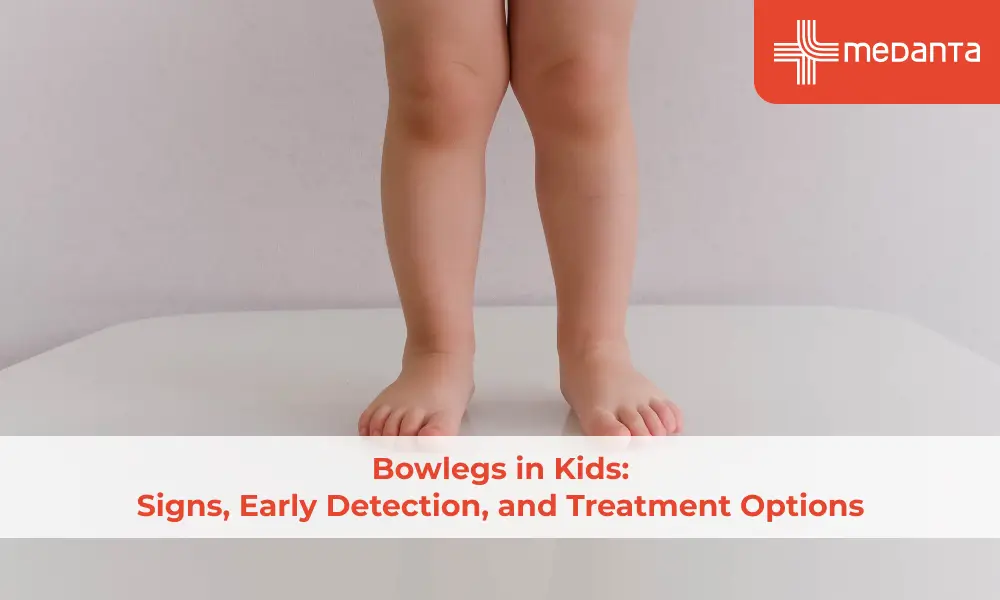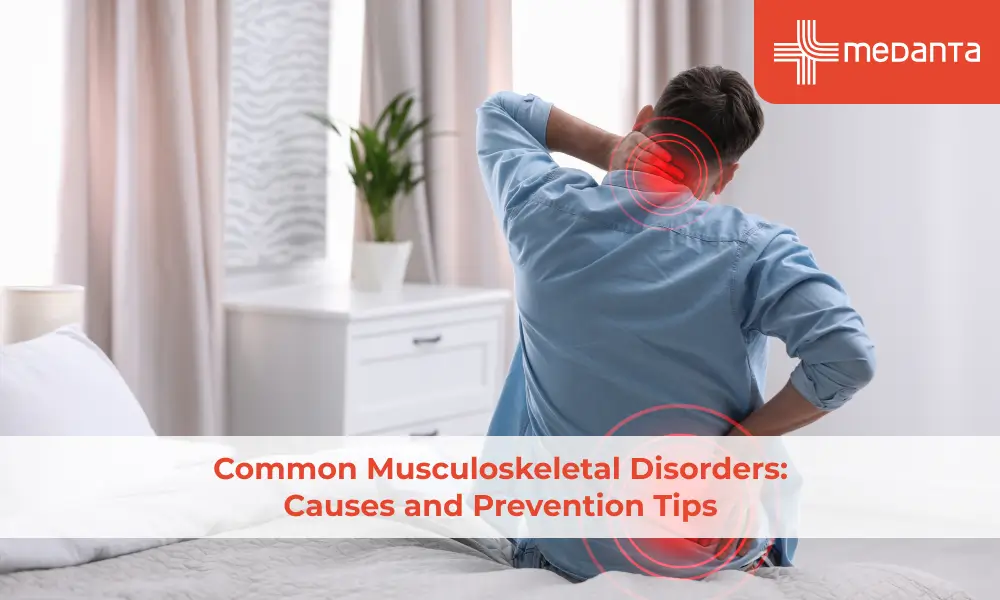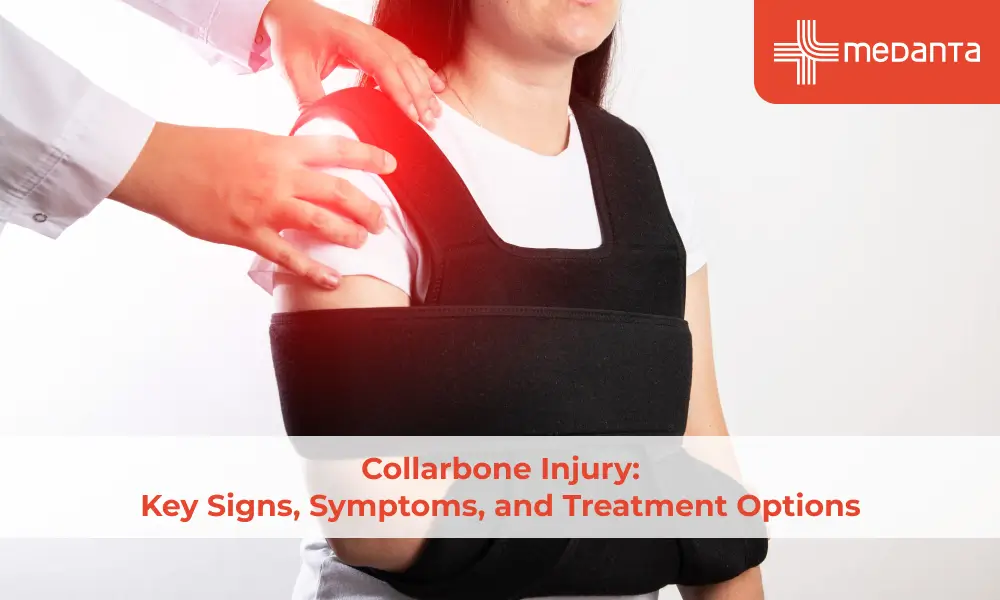Silent Nights: Understanding Sleep Apnea and Treatment Options

One of the common sleep disorder that affects millions of people worldwide is sleep apnea. It is characterized by repeated pauses in breathing during sleep, which can lead to disrupted sleep and a range of health problems if leaf untreated. According to the American Sleep Apnea Association, an estimated 18 million Americans suffer from sleep apnea, which is up to 6.62% of total American population. Sleep apne can affect anyone, but it is more common in people who are overweight or obese and in those over the age of 40. With proper diagnosis and treatment, however, most people with sleep apnea can achieve a better quality of life and improved overall health.
Types of Sleep Apnea
Two major types of sleep apnea are:
- Obstructive Sleep Apnea (OSA) - OSA is the more common form and occurs when the muscles in the back of the throat fail to keep the airway open during sleep, causing breathing to stop and start repeatedly.
- Central Sleep Apnea (CSA) - CSA, on the other hand, occurs when the brain fails to send proper signals to the muscles that control breathing, leading to pauses in breathing during sleep.
Causes of Sleep Apnea
Sleep apnea causes can vary but include factors such as obesity, a large neck circumference, smoking, and alcohol consumption. Other factors such as age, genetics, and family history can also increase the risk of developing sleep apnea.
Risk factors for Sleep Apnea
Common risk factors for sleep apne include obesity, smoking, alcohol consumption, and family history. Age and genetics can also play a role in developing sleep apnea.
Symptoms of Sleep Apnea
Symptoms of sleep apnea include:
- Loud Snoring
- Gasping or choking during sleep
- Daytime fatigue
- Headaches
- Mood changes
- Breathing difficulties
- Difficulty concentrating
It's important to seek medical attention if you experience these symptoms, as untreated sleep apnea can lead to serious health issues such as high blood pressure, stroke, and heart disease.
Diagnosis of Sleep Apnea
Diagnosing sleep apnea usually involves a combination of methods, such as:
- Sleep Studies - Sleep Studies are the most common method used to diagnose sleep apnea. During a sleep study, also known as a polysomnography, you'll be monitored overnight while you sleep in a sleep lab. A sleep technician will attach electrodes to your scalp, face, chest, and limbs to measure brain activity, eye movements, heart rate, breathing, and muscle activity. The data collected during the sleep study will help the doctor determine if you have sleep apnea and its severity.
- Home Sleep Tests - Home sleep tests are another method used to diagnose sleep apnea, but they are typically reserved for people with a risk of having moderate to severe sleep apnea. A home sleep test usually involves wearing a device that measures breathing patterns and oxygen levels while you sleep in the comfort of your own bed.
- Physical Exams and Medical History - Physical exams and medical history can also help diagnose sleep apnea. Your doctor may perform a physical exam to check for physical abnormalities that could contribute to sleep apnea, such as a deviated septum or large tonsils. They may also ask about your symptoms and medical history, including any medications you're taking that could affect your sleep.
Treatment Options for Sleep Apnea
Treatment options for sleep apnea can vary depending on the severity of the condition and the underlying causes. Below are the common treatment options:
- Lifestyle Changes: Making lifestyle changes such as losing weight, quitting smoking, and avoiding alcohol can help reduce the severity of sleep apnea in some cases.
- Continuous Positive Airway Pressure (CPAP): CPAP is the most common treatment for moderate to severe sleep apnea. It involves wearing a mask over your nose or mouth during sleep that delivers a steady stream of air pressure to keep your airway open.
- Bi-level Positive Airway Pressure (BiPAP): BiPAP is similar to CPAP but delivers two different levels of air pressure- a higher pressure when you inhale and a lower pressure when you exhale. BiPAP is often used for people who have difficulty adjusting to CPAP.
- Oral Appliances: Oral appliances are devices worn in the mouth to help keep the airway open during sleep. These devices are typically recommended for people with mild to moderate sleep apnea who cannot tolerate CPAP.
- Surgery: Surgery may be recommended for people with severe sleep apnea who have not responded to other treatments. Surgery aims to remove excess tissue in the throat that may be blocking the airway.
Conclusion
So, this was all about one common sleep disorder - sleep apnea. If you suspect you have sleep apnea, seeking medical attention and undergoing proper diagnosis for the ENT & Head & Neck Department is important to ensure you receive the appropriate treatment. With the right treatment plan, you can reduce the severity of your symptoms, improve your sleep quality, and lower your risk of developing serious health issues. Remember, untreated sleep apnea can lead to high blood pressure, heart disease, stroke, and other health problems. So, take care of your health and seek medical attention if you experience sleep apnea symptoms.





